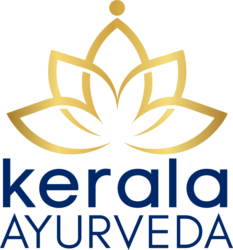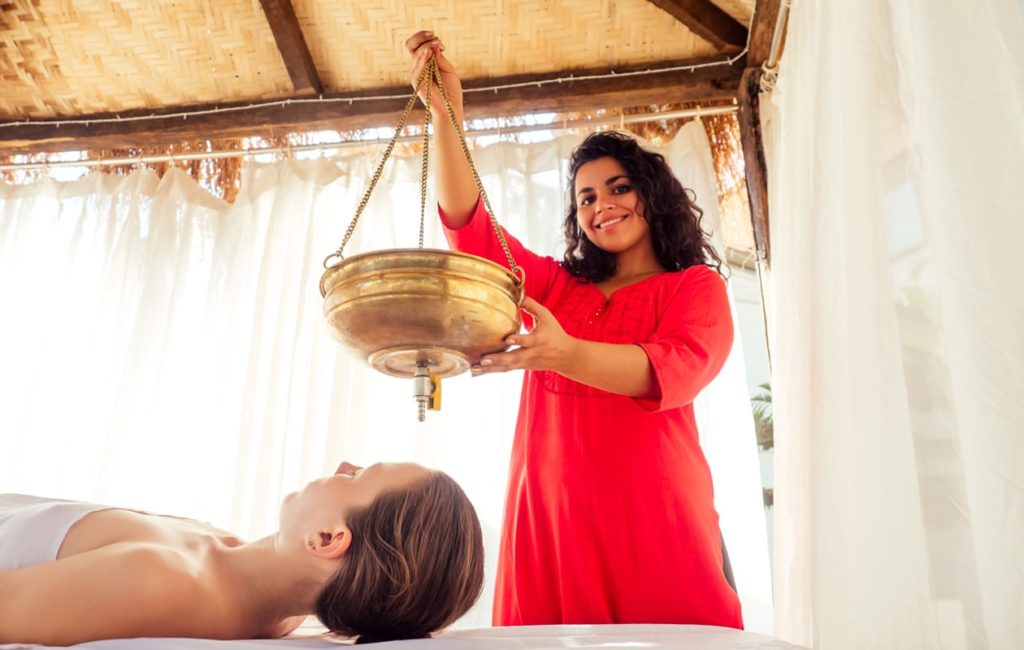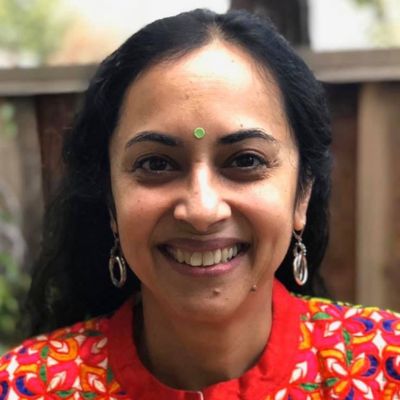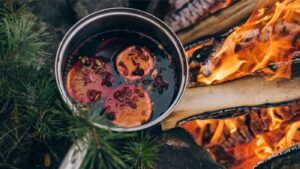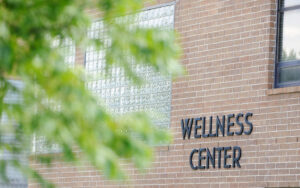Ayurveda or the “Science of Life” is a 5,000-year-old medical practice from India, recognized by WHO and a Complementary and Alternative Practice (CAM) in the U.S. It is a holistic science of mind-body-spirit wellness focused on the prevention and management of disease. As a lifestyle science, Ayurveda focuses on three pillars of health; nutrition, lifestyle, and sleep. From this foundation, Ayurveda uses various tools in disease management: herbs, therapies like Yoga, Abhyanga, Shirodhara, and a comprehensive, detailed cleansing known as Panchakarma.
Like Ayurveda, Massage Therapy is considered a CAM and has been used since ancient times in cultures across the world. It has been utilized for a variety of health concerns, such as relieving pain, rehabilitating sports injuries, relaxation, alleviating stress, and general preventative health and wellness. There is a clear synergy between the goals of Ayurveda and Massage Therapy!
Ayurveda’s approach to massage therapy
Ayurveda intensively uses massage as a therapeutic practice. According to Ben Kaminsky, eminent dermatological chemist, “Ayurvedic massage, an ancient therapy that focuses on relaxation and the prevention of disease, is a spa favorite used for stress-related illnesses, to reverse the damage from negative lifestyle habits, and to maintain balance in the body.” Kaminsky is also an author and Co-Founder of B Kamins Labs, the leading cosmeceutical skincare company catering to the global luxury spa market.
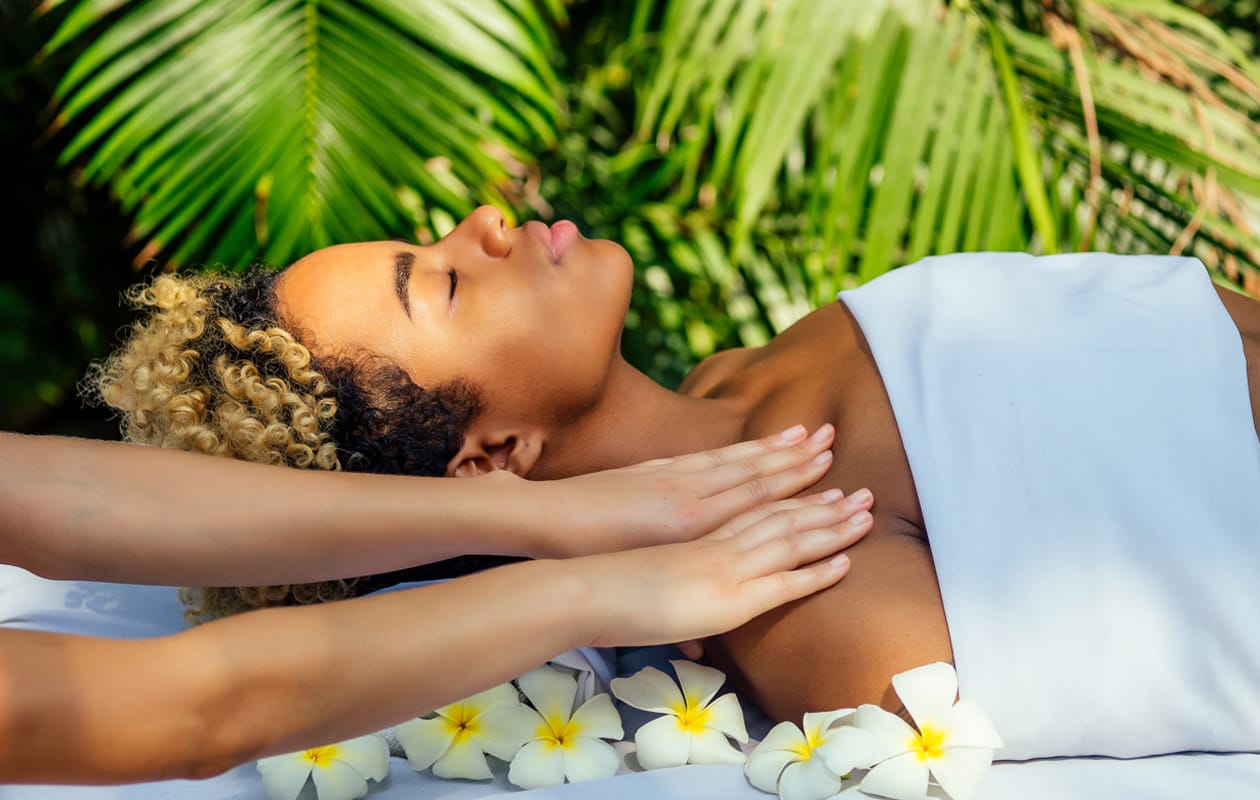
Ayurvedic massages conjure a vision of the therapeutic ambiance of popular massage techniques like Abhyanga, Shirodhara, and Swedana that several clinics and health spas around the world offer as “bliss massage techniques.” These services are utilized by health-conscious visitors, tourists, and local wellness seekers alike. Their style of delivery varies across venues, from hospitals to Ayurvedic resorts, and even hotels in India offer the treatments at their spas.
Oil is love
Abhyanga is a full body massage, that helps to reduce stress, and muscle stiffness and promotes lymphatic drainage. It is traditionally administered by two therapists, working in unison with rhythmic strokes, utilizing warm medicinal oils. Shirodhara, a continuous pouring of warm oil on the forehead, alleviates anxiety and insomnia, while Swedana, an herbal steam bath improves circulation and helps with various conditions like asthma, osteoarthritis, and lower back pain. External Snehana oil application or Abhyanga has a beautiful connotation in the ancient Sanskrit language: Sneha means “oil” as well as “self-care” and “love.” These are time-honored, nourishing, therapeutic, exquisite, and exotic techniques.
Creating an edge with Ayurveda and Panchakarma in a massage practice
Dr. Raichur of Manhattan-based Pratima Spa explains that she uses Ayurvedic wisdom for both an internal and external approach. She offers Ayurvedic consultation-based massages (identifying Ayurvedically what kind of therapy a client needs – explained later in this article). Her beauty institution is renowned with a high-profile client list like model Constance Jablonski, writer Fariha Roisin, and 3rd Ritual founder Jenn Tardif.
Martha Soffer, Ayurvedic Doctor at Surya Spa, CA who offers Panchakarma treatments and massages asserts, “I want to remind myself and others that the body is a temple. Your body is the only thing that will be with you from the moment you’re born until the moment you die. It’s your only true home. We need to be more conscious and take better care of our bodies.”
Six in ten Americans have a chronic lifestyle-based disorder.1 With the focus on immunity during the COVID-19 pandemic, people have become much more health conscious, as well as open to alternative options. This is a promising trend for Ayurvedic bodywork rising in mainstream consciousness.
There are many ways Ayurveda can help you create an edge in your practice and be on top of the growing wave of integrative massage practices. Here’s how!

A holistic approach to seasonal, individualized healing
Ayurveda allows you to assess clients based on their body constitution and imbalance, using the knowledge of daily, seasonal, and age variations. According to Ayurveda, the five elements combine to give three different energy principals or Doshas: Vata, Pitta, and Kapha, and it is the combination of these at the time of conception that determines our body constitution or Prakriti. Health is a state of balance that we try to restore by eliminating Vikratis (imbalances). Ayurveda also recommends detailed practices aligned with daily cardiac rhythms and seasonal and aging cycles.
Even if you are using any other form of massage therapy, such as Swedish, Thai, Shiatsu, hot-stone, deep-tissue, or trigger-point, Ayurvedic insights can help you further customize these practices. For example, a client with a Vata Dosha imbalance may benefit from a slow, warm, meditative, relaxing massage. A Pitta-dominant client may enjoy a light Swedish massage in the summer or a massage with a cooling oil that is coconut-based. Meanwhile, a Kapha client might need a vigorous, stimulating massage. Ayurvedic study provides you the framework and tools for determining the balance of Doshas in your client as well as the season to make these personalizations.
Target the root issue of mind-body-spirit imbalance
There are many types of Ayurvedic therapies meant for deep healing and for targeting specific ailments like degenerative diseases of joints, muscle stiffness, chronic headaches, insomnia, spine issues, hair loss, anxiety, and more. An individual therapy or combination of therapies can be used, and the ingredients for them can also be personalized to the individual need.
Some examples of Ayurvedic therapies include:
Abhyanga – vigorous body massage with herbalized oil
Shirodhara – a gentle flow of oil applied to the forehead
Swedana – heated steam therapy
Garshana – dry exfoliating massage using a silk glove
Nasya – nasal application of medicated oil in a prescribed way
Udwarthana – dry powder massage for lifestyle and metabolic disorders
Kati Basti – warm medicated oil retained in the sacral or lumbar region within a specially formed frame; this can be done in other body parts like the knee joint for pain relief and alleviating joint disorders
Pizhichil – also called the royal bath, means “squeezing”: to have a warm stream of oil pour down the body which helps in nervine conditions and Vata Dosha aggravation
Marma points and Chakras, which are powerful energetic points of the body, can be targeted in therapies to more directly address an imbalance. Cleansing herbs and therapies help in lymphatic drainage. These are traditional time-honored techniques used very effectively in enhancing overall wellness and in various disorders.
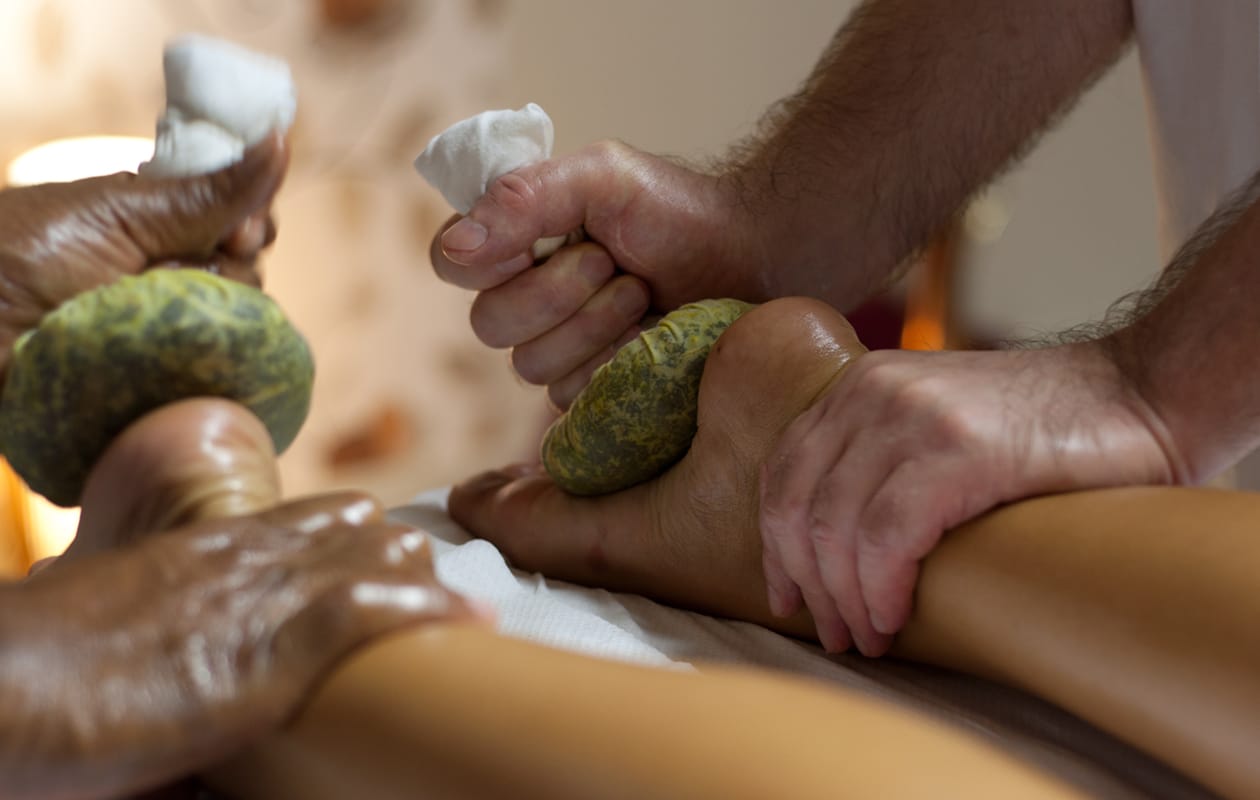
Use personalized therapeutic oils and herbs
In Ayurveda, oils are used as a vehicle for herbs. The herbs have therapeutic properties and oils penetrate the lymphatic system, bind with toxins to assist in detoxification, assist relaxation and increase the flow of Prana or life force energy. There are a wide variety of Ayurvedic oils because there are a wider variety of herbal formulations and combinations with different types of oils. These recipes are all intended for specific use cases based on a client’s needs. For example, Mahanarayan Oil can be used for inflammation. Expert selection and application of ingredients can assist in alleviating conditions like osteoarthritis, insomnia, anxiety, and sports injuries.
Alka Mulakaluri (AD – NAMA, AWP, LMT ) is an Ayurvedic Practitioner and Panchakarma specialist who has been practicing and teaching Ayurveda in the Bay Area for the last 13 years. She is also a CA-licensed massage therapist. Her rich Ayurvedic training coupled with her massage training offers her an edge in the practice of Ayurveda, as it is easier for practitioners like her to circumvent some of the restrictions of a stand-alone Ayurvedic practice. The biggest restriction is the license to touch, which can vary between states and counties. By combining the licensure with a traditional Ayurvedic healing approach, you can perform all of the wonderful Ayurvedic therapies for the deepest healing.
“Ayurveda is not only diet, lifestyle, and herbal remedies,” Alka reminds us. “It is also taking care of our physical body. Ayurvedic bodywork completes an Ayurvedic approach to healing the mind-body system as a whole, all-encompassing tool.”
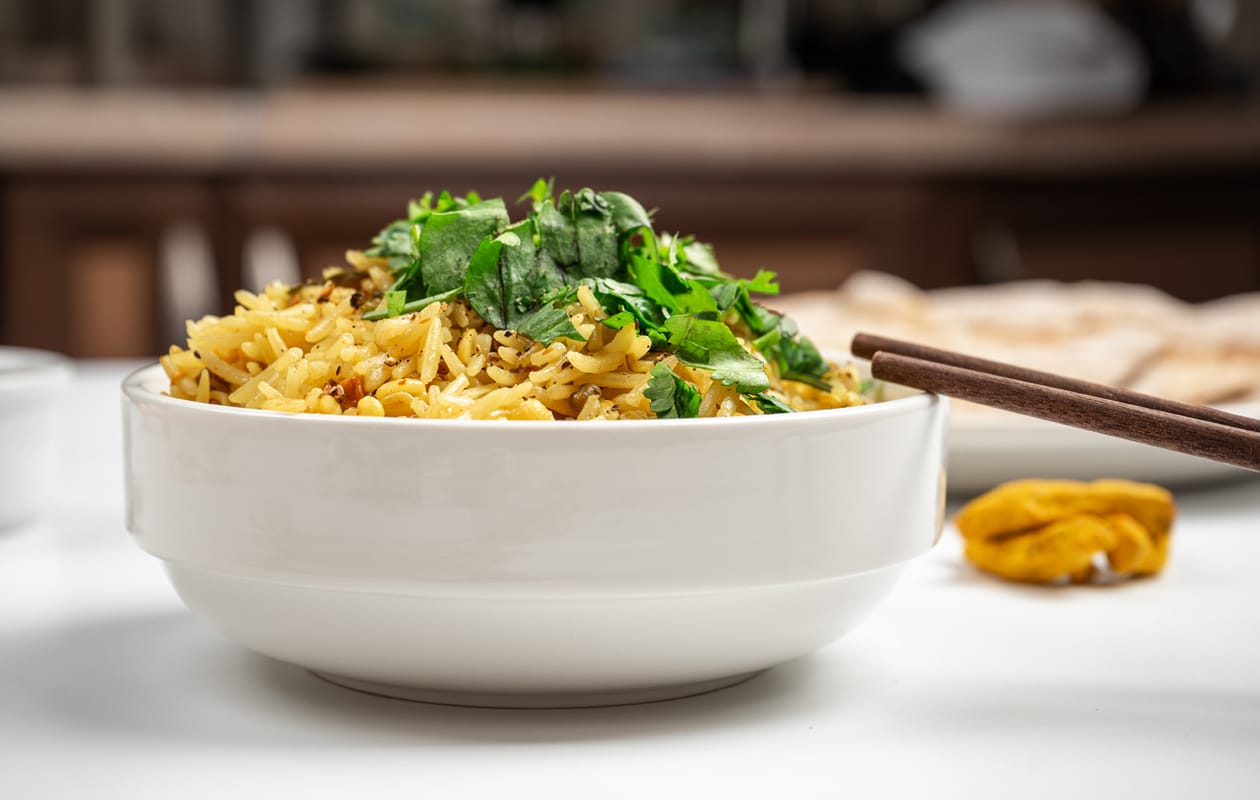
Add highly sought-after Panchakarma detox programs to your services
Panchakarma can loosely refer to Ayurvedic bodywork therapies, though Panchakarma in its true definition is a formal, 5-action cleansing process. Programs range from 3-21 days on average and offer a deep detox and rejuvenation. Each program is an individualized practice involving various Ayurvedic therapies, and it is a much sought-after service. It works as a preventative health technique and heals deep-seated chronic ailments.
There are three stages in Panchakarma
- A pre-cleanse
- The main cleansing phase
- Post-cleanse rejuvenation
There are a few main treatments to choose from which may be combined with herbal therapies, steam baths, medicated purgation, and enemas, plus a supportive diet and herbal supplement regimen. This is a highly popular immersive purification that prevents the recurrence of disorders and is transformative in regaining good health.
Deliver comprehensive lifestyle, nutrition, and Yoga advice
Once you understand Ayurvedic principles and how they can be applied to daily rituals, it becomes almost effortless to observe signs with clients and identify simple lifestyle suggestions they can take home and put into practice. Many clients who come to you are likely already open to holistic healing. People are increasingly not satisfied with band-aid solutions – they want to get to the root cause of diseases. Some of your clients may already be seeking consultations with other practitioners to make wellness-enhancing lifestyle changes. You can help them consolidate their wellness support by expanding your services to include lifestyle support, plus gain new clients with the synergy of Ayurveda, Panchakarma, and Massage Therapy.
Offer regular massages and bundled therapies to ensure repeat client visits
For therapeutic gains in conditions like osteoarthritis, lumbago, spondylosis, migraines, and anxiety, repeat therapies are needed. While clients want long-term results, they are not necessarily proactive enough on their own to initiate repeat visits. If you create programs with repeat visits and bundled services for them, especially with a discount included, they are likely to return again and possibly even purchase a prepaid package. This allows you to reach the level of success both you and your client are capable of achieving together, and you can be sure they will share their results with others. Such results gain a loyal clientele with a deeply entrenched health and wellness practice.
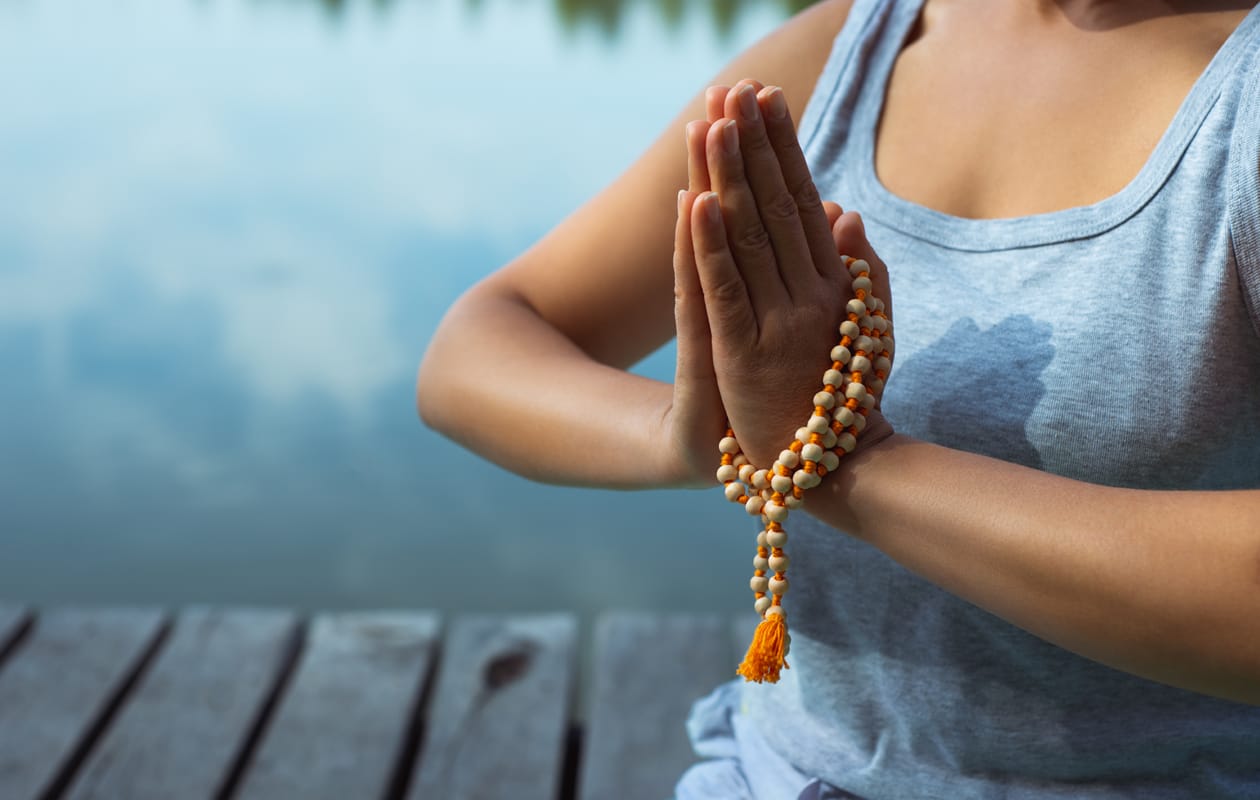
Bring balance into your own life
A lot of Massage Therapists experience burnout. Knowing your nature helps. For instance, you may be prone to overdoing it and suffering from inflammation if you are Pitta-dominant and can learn how to manage your intense drive. You may be more likely to suffer from pain if you have a Vata imbalance, and self-massage with Ksheerabala, Mahanarayan, or Bala Ashwagandha oil may alleviate your discomfort. Understanding your nature, affinities and tendencies will help you focus on your health. Just as people in an airplane when oxygen levels dip are advised to wear their masks first before helping others, you will meet your clients at your best.
President of Lotus Herbs, Cynthia Copple, an Ayurvedic Massage teacher with 35 years of experience discusses how Ayurveda helps massage therapists avoid burnout: “Utilizing the ancient practices of Ayurveda along with the numerous Ayurvedic products on the market today is a sure way to affect peace in your own body, maintain balance and extend your Massage Therapy career.”
Open up new opportunities in the virtual community
During the COVID-19 pandemic, many massage therapy practices have been impacted and are only now slowly returning to business with additional sanitization, face mask requirements, and following additional county guidelines. This experience has taught us all that adaptation is essential to survive and thrive. It’s a great time to think about investing in your future. Health is an industry that is comprehensive to mind, body, and spirit. It includes massage and touch therapies, encompassing the entire lifestyle and healing journey of clients. Ayurvedic bodywork is the most well-documented ancient system which offers this integrative possibility. Ayurveda also offers a vast body of information you can share with clients beyond the treatment room. With Ayurvedic principles, you are empowered to offer virtual consultations, classes, and follow-ups to supplement your bodywork treatments.
How to get started with Ayurveda and Panchakarma study
There are a variety of Ayurvedic courses available depending on your needs and how you wish to utilize them. Kerala Ayurveda specializes in programs designed for the professional track. As a Massage Therapist, you’ll benefit the most from a professionally-oriented program that speaks to the client relationship you intend to offer.
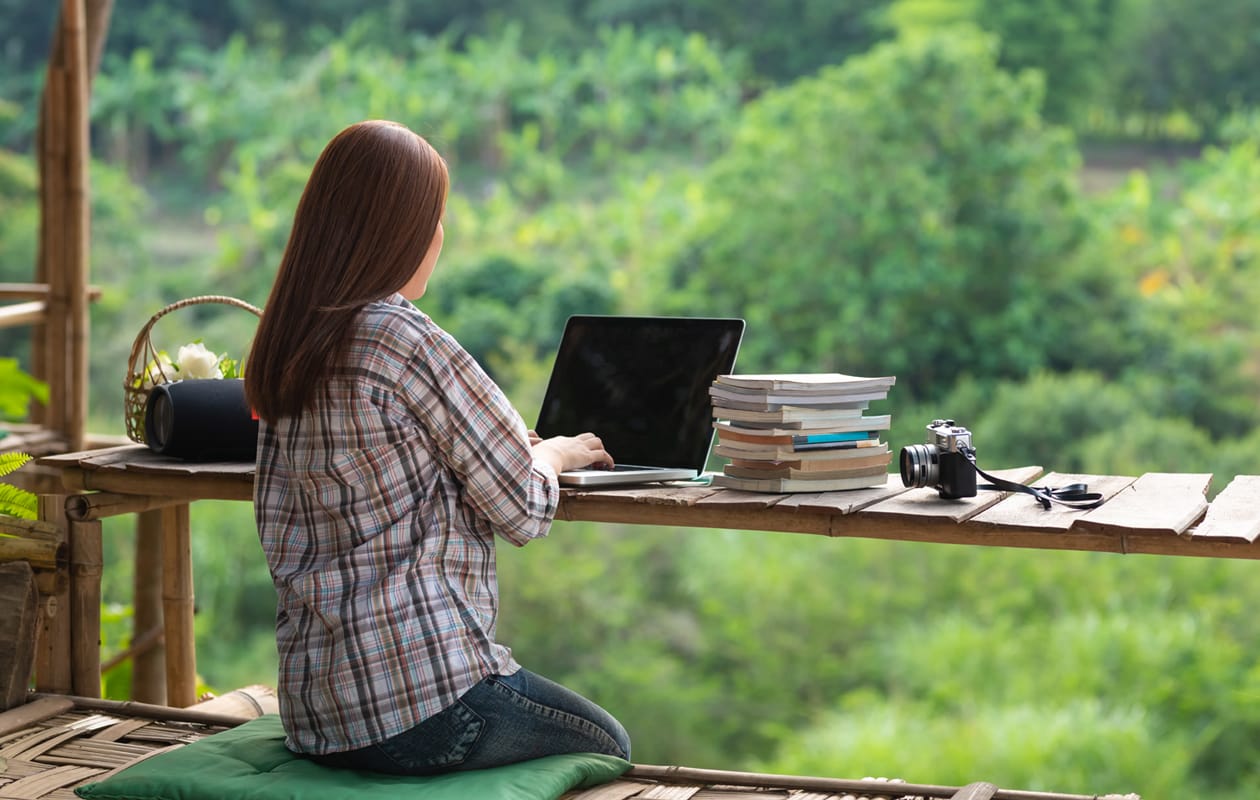
We offer three certification levels, as well as a specialty Panchakarma Therapist certification. Which programs you wish to take depends on how you want to practice. As a Massage Therapist, you’ll most likely need the Panchakarma Technician certification to receive detailed training in hands-on bodywork therapies. This program offers you an introduction to Ayurveda and is open to all levels.
A certified Panchakarma Technician can:
- Perform all Ayurvedic hands-on Shamana therapies in a clinic or private practice with an emphasis on utilizing the techniques for purposes of pacification. Shamana includes external calming procedures and regimens without internal cleansing.
- Support and help deliver the Panchakarma treatment program designed by the Ayurvedic Practitioner or Ayurvedic Doctor. The Panchakarma Technician is not trained to design a complete Panchakarma program with both Shamana and Shodhana therapies.
- Perform Panchakarma therapies in connection with a Panchakarma program, under the guidance of a qualified Ayurvedic Practitioner or Ayurvedic Doctor, with an emphasis on utilizing the therapies for purposes of Shamana and Shodhana Chikitsa. Shodhana includes detoxification & purification procedures and requires the advanced clinical knowledge of an Ayurvedic Doctor.
- The individual’s scope of practice will be more specifically designated by local/state guidelines. It is the individual’s responsibility to be compliant. For more detail, please see the complete Scope of Practice: Panchakarma Technician.
If you are interested in designing comprehensive Panchakarma programs, you can pursue an Ayurvedic Practitioner or Doctor certification. This journey begins with the Ayurvedic Counselor program, which is the prerequisite to the Ayurvedic Practitioner program. From there, you can move on to the level III Ayurvedic Doctor program.
Talk to our Enrollment Advisors
If you are wondering how to plan your educational journey with Ayurveda, we’re here to assist! Contact our Admissions team to receive one-on-one support and have your questions answered.
